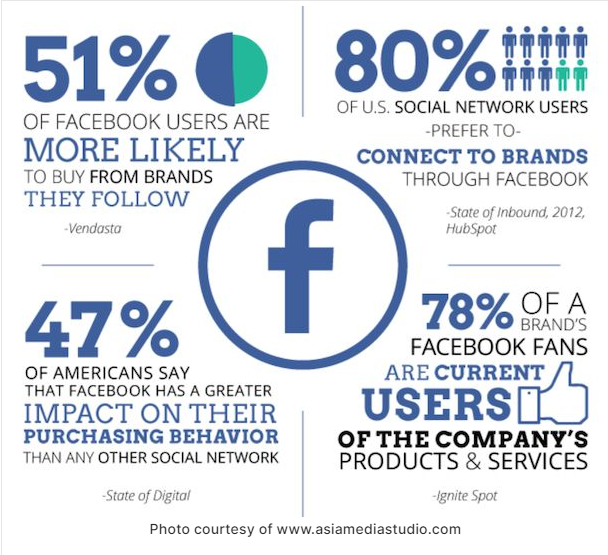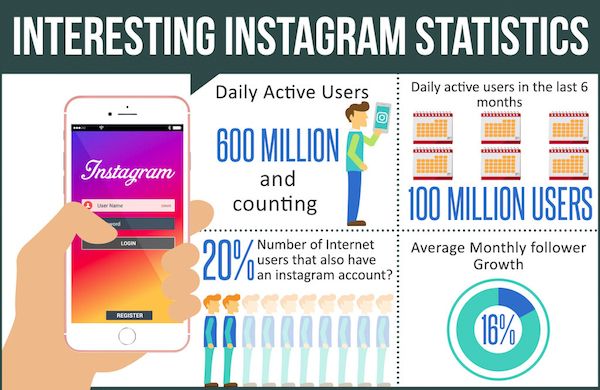Marketing Trends to Jump on in 2023
2022 has been the year of ground-breaking innovation with new and exciting developments in the digital world that impacted the way we communicate with our audience. With the year quickly coming to a close, it’s time to look ahead to see what trends will impact your marketing strategy for years to come.
Today, businesses have an abundance of options to consider when it comes to marketing online. With the wealth of new and innovative digital marketing initiatives available, it can be hard to know where to start.
One thing is for sure: building an effective marketing strategy early for your business is the key to success. Here are our top trends to follow as we say farewell to ’22.
Video Marketing
Video marketing is widely recognized as the future of marketing activity. Google reports that YouTube reaches more 18–49-year-olds than all cable networks combined. Photo and video posts also generate more engagement than those using just text.
Incorporating video into your strategy cannot be an afterthought for any organization. It provides a huge opportunity to connect to a wider audience and build trust. It helps give customers a better understanding and feel for your brand and humanizes it.
There are many ways you can use video marketing, including:
– Showcasing products or services
– Explaining how things work
– Demonstrating how to use your product or service
– Telling stories about your company’s history
Social Media Content
Social media marketing is nothing new – but it truly is a great way to build your brand and connect with customers. It’s also an opportunity to market your products and services while creating a personal connection. However, social media has changed how we interact with brands. It’s important to keep in mind that the hard sell isn’t necessarily the best way to develop an audience on social media.
Instead, you should approach social media content with a story-driven approach that attracts customers and increases engagement across the most popular social media channels in 2022/2023.
Social media is also another space where you need to think about your video and visual content. High-quality images must be part of your strategy, especially across LinkedIn and Instagram. In order to stand out amongst competitors, you must optimize every element of your social media strategy.
You can’t simply schedule occasional posts or share things when you feel like it. You need to build a solid schedule that is just as well-designed and thought out as other aspects of your digital marketing strategy. Furthermore, a well-planned out strategy is easier to manage and deliver than ad-hoc posting.
Utilizing Data
In 2022, the most successful businesses were those who invested in data, analytics and technology experts.
Data is one of the most powerful and valuable assets any company has and making the most of it is vital to inform an effective marketing strategy. Having data, analytics and technology experts sit in-house is a smart move because you understand your consumer better. It also gives you a better platform to think about what your marketing and communications to consumers should look like.
Furthermore, harnessing the power of your data helps to paint a better picture of your customers and their behavior. This allows you to tailor your digital marketing initiatives more directly.
Personalization
Personalization is the driving force behind all future marketing trends. The days of blasting the same message at everyone are well and truly over. Personalization delivers higher levels of engagement, sparks conversation and attracts new customers.
A great example of personalization is the much-loved #SpotifyWrapped feature that generates a buzz every year. To achieve personalization in your marketing campaigns, you need to make the most of your data and analysis and recognize the value of design. Personalized campaigns must reflect your consistent branding and design, which also goes for your advertising too.
Dominate Your Digital Marketing with Onimod Global
With the end of the year around the corner, now is the perfect time to implement some of our marketing tips for success in the new year. Onimod Global, has over 13 years of experience and expertise when it comes to all things digital marketing and advertising.
From content creation and press releases, to innovative SEO strategies and automation & analytics, we provide an array of services that can help ease the load off overwhelmed and overburdened marketing departments, especially in medium to large companies where the flow of different tasks is continuous.
Need help applying the latest marketing trends to your 2023 strategy? Contact us here today.



